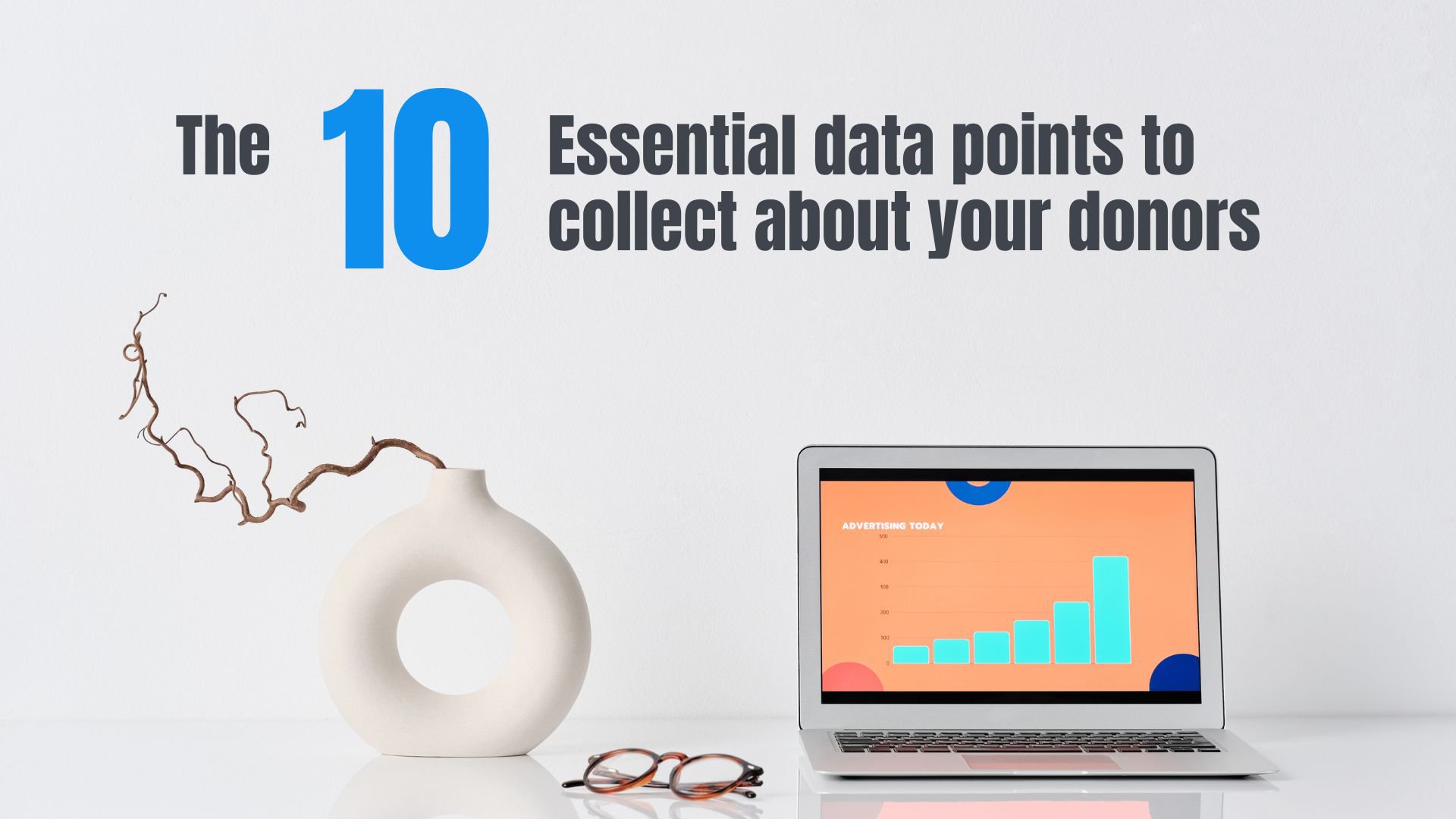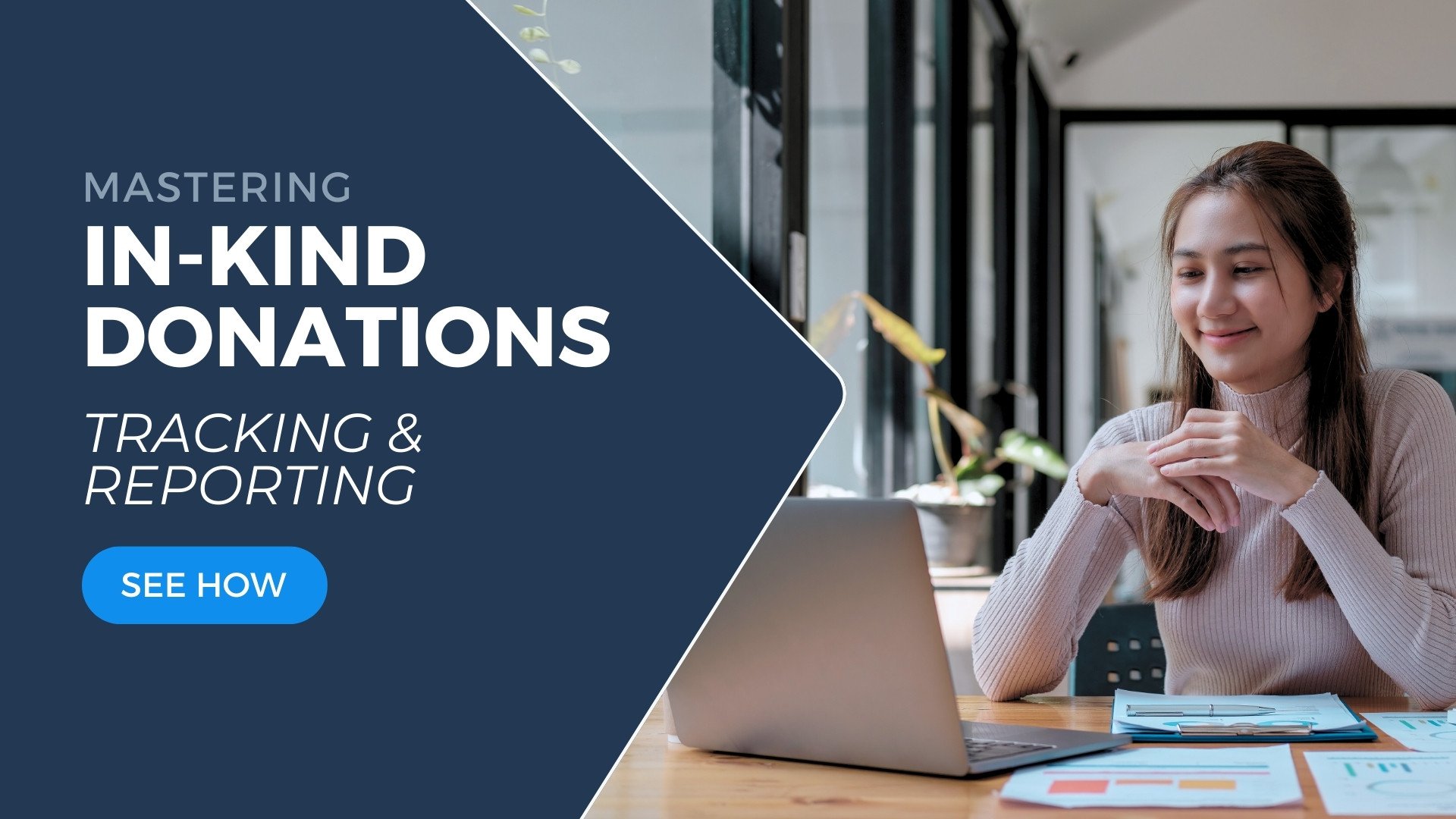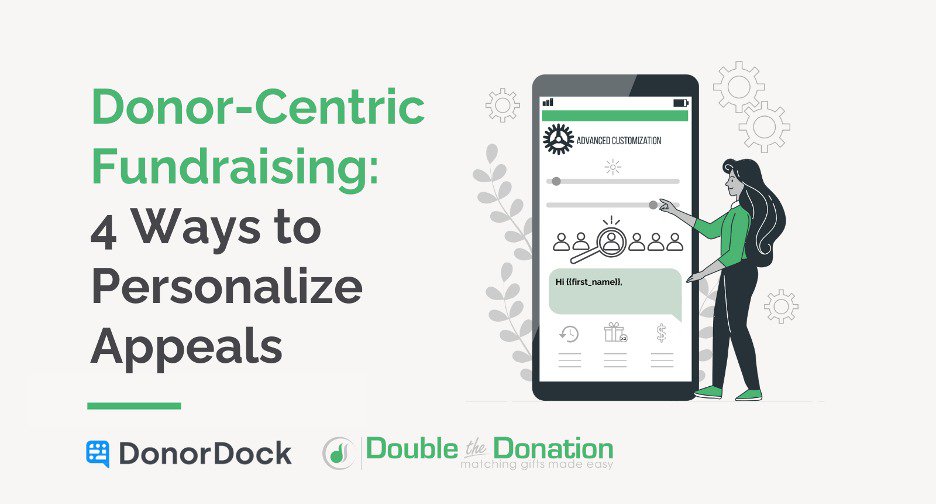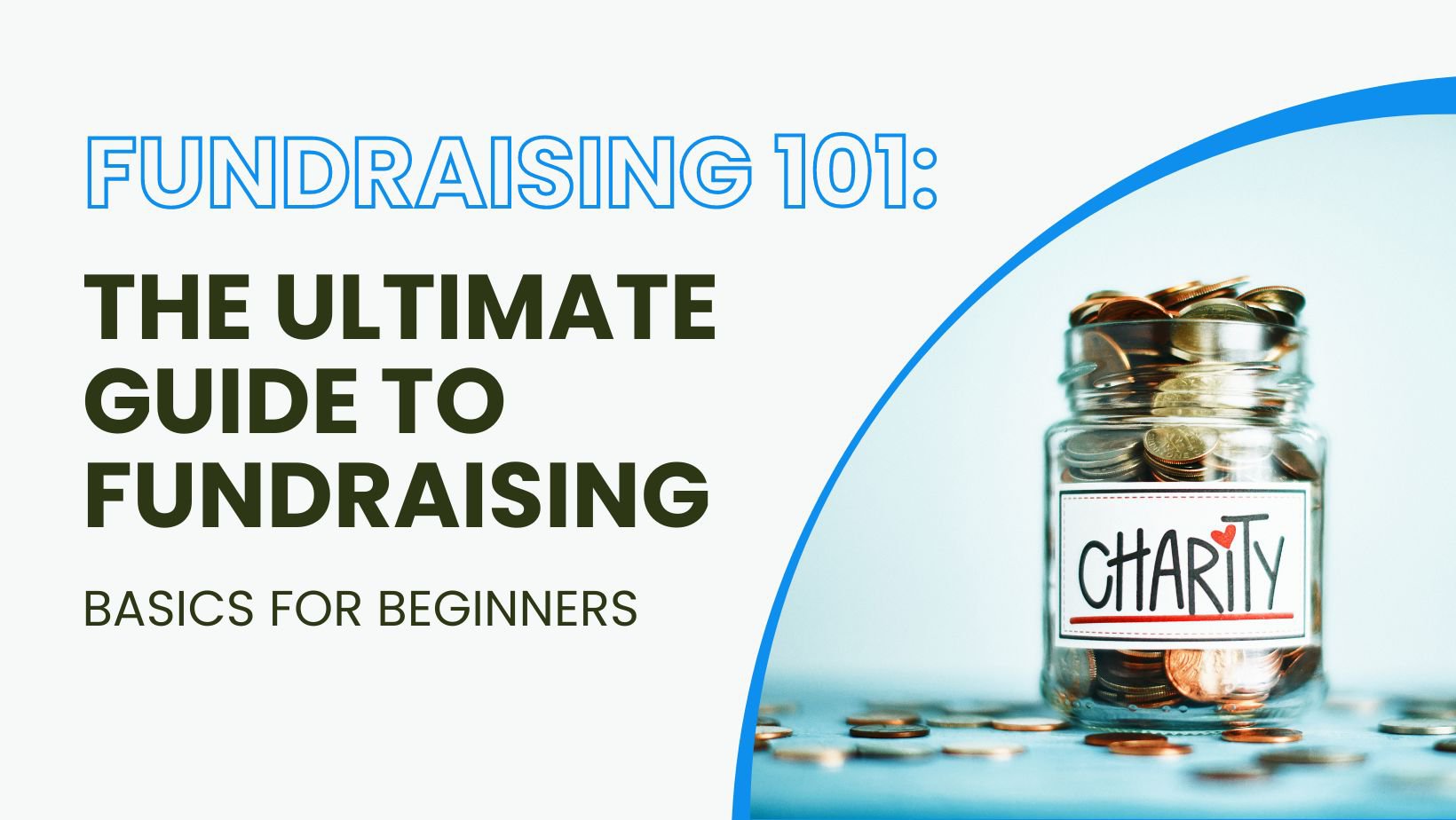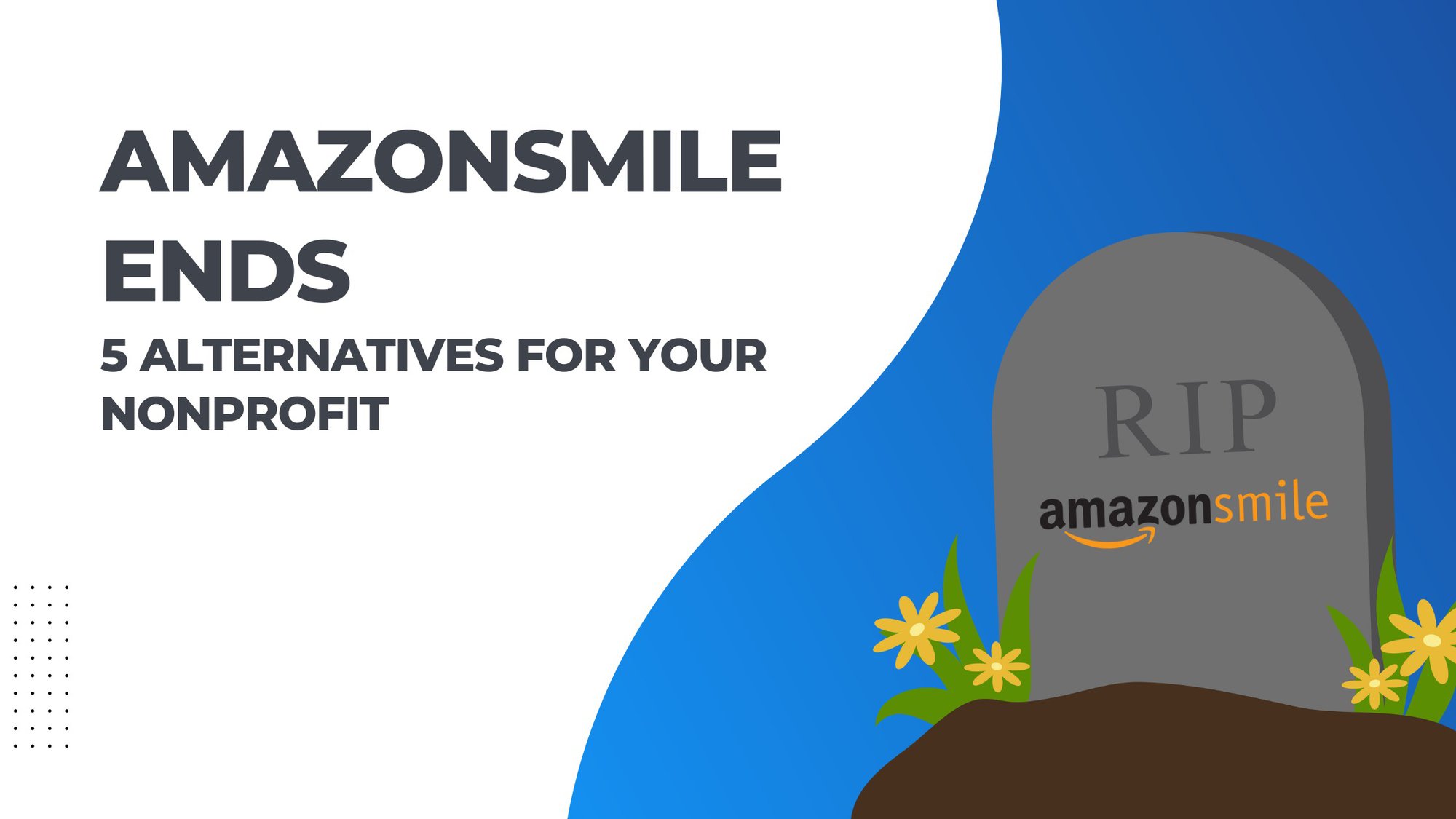Understanding your donors is key to fostering meaningful connections and driving impactful initiatives. There is a lot of data you could be collecting about each of your donors, but it’s important to make sure that you’re collecting the right information.
The 9th data point may surprise you, so let’s dive into the essential 10 data points you need to collect for effective donor management.
10 data points to collect from your donors
1. Contact Information:
Contact information is the basics, but some people don’t collect all of the needed information. Having a donor’s contact information is vital to communication. Without their name, address, phone number, or email address, you will have no way to follow up and thank them for their gift or reach out in the future.
Thankfully, collecting this information is easy with an integrated online donation form. Donors need to plug in their data to give, which is then automatically uploaded into your donor database. This allows you to track key donor information, without adding a labor-intensive step to your already full plate.
2. Donation History:
It’s important to tie donation history to each specific donor. If you’re using spreadsheets for your donor database, then collecting and sorting this data is incredibly time-consuming. Thankfully, there are plenty of nonprofit CRMs that automatically sync your donation data directly to a donor’s profile.
When you track your donors’ donation history, you’ll have a clearer picture of what motivates them to give. It’s important to track how frequently a donor gives and how much they give.
Were they a one-time donor who gave in honor of someone else? Or are they a recurring donor who gives faithfully every month? What about a donor who gave a major gift three years ago? The way that you engage each of these donor segments should look different.
It’s important also to track the campaigns or initiatives donors choose to give to. If you notice a donor consistently gives to one campaign but not others, then you’ll have a better understanding of their motivations and what they care about. This allows you to tailor your messaging to speak directly to what matters most to them.
pssst. A nonprofit CRM like DonorDock automatically links donation amounts, frequency, and specific campaigns directly to a donor’s profile to help you reach each donor more effectively.
3. Preferred Communication Channels:
If you want to effectively reach your donors, it’s important to understand their preferred communication channels. Are your donors more likely to see a newsletter update sent through the mail or via email? Is your donor base particularly active on social media and likely to share or boost posts made there?
Ask your donors how they’d prefer you reach out to them. Typically email, phone, text, mail or social media are the most common options. It’s important to note that they each have their own pros and cons.
4. Donor Engagement:
When you reach out to donors, you want to connect with them in a way that is meaningful to their experience. Donor engagement is an important data point to measure because it helps you know how donors are connecting with your organization. If a donor is also a volunteer, then you should be acknowledging your appreciation for the time they have given to your nonprofit. Likewise, you wouldn’t want to call a donor to ask for a gift, if a member of your team recently reached out to them.
Monitor engagement metrics such as event attendance, volunteer participation, and interactions with your nonprofit’s content. This will help you make informed decisions about how to interact with each donor.
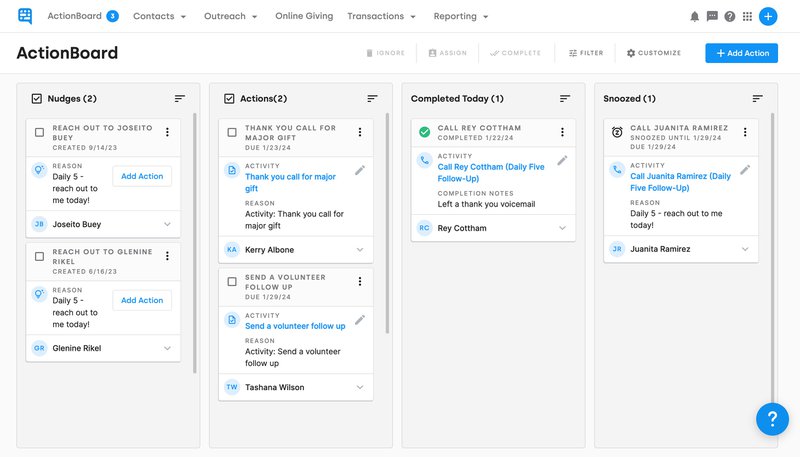
5. Demographic Information:
Gathering data on donors' age, gender, occupation, and other demographic details is crucial for understanding your donor base. This valuable information allows your nonprofit to tailor its outreach strategies, engagement initiatives, and fundraising efforts more precisely. By delving into the demographics of donors, you can enhance your overall understanding of their preferences and interests, fostering a more personalized and effective approach to building lasting connections. Demographic data also plays an important role in helping you to build your nonprofit’s ideal donor personas.
6. Giving Preferences:
Discovering the giving preferences of your donors can be as simple as having a friendly conversation via text or phone call. Find out whether they lean towards one-time gifts, prefer the ongoing commitment of recurring donations, or might be intrigued by the idea of planned giving options. Understanding their giving preferences not only helps tailor your fundraising approach but also ensures that donors feel valued and appreciated for their unique contributions.
7. Channel of Donations:
Giving to your organization should be a breeze for your amazing donors! Take a moment to find out their preferred way of contributing – whether it's online donations, a mailed check, text2give, or any other method that suits their comfort. Understanding these preferences ensures that the giving process is not just convenient but also tailored to their liking.
When considering different channels of donations, it is also important to make sure your online donation forms have options when it comes to payment methods. Some donors will prefer bank transfers, others will use credit cards, and there are options like Apple Pay and Google Pay. Make giving seamless for your donors and increase donations to your nonprofit.
8. Feedback and Comments:
Capture feedback and comments from donors to understand their thoughts about the organization's activities, events, or campaigns. By tuning into their thoughts, you're not just collecting feedback; you're creating a conversation that makes them feel heard and appreciated. When possible, track that feedback back to each specific donor.
A great way to get feedback is to send out a short survey. To make sure you are collecting feedback without overwhelming donors, find specific touch points that consistently lead to you sending out a survey. This could include a survey in a first-time donor journey or a post-event survey.
9. Donor affiliations:
When it comes to donor relationships diving into your donor’s connections, be it with businesses or family members, can reveal a treasure trove of opportunities.
Do you know if your donors’ employer offers matching gifts? Corporate matching gifts are a great way to raise more funds, without your donors needing to open up their wallets. According to Double the Donation, an estimated $4-7 billion in matching gifts goes unclaimed each year.
Beyond matching gifts, your donors likely know other people who would care about your mission. As people, we typically spend time with others who hold similar values to us. So, learn more about your donor's family members and friendships. You might find a passionate donor or volunteer.
10. Lifecycle Stage:
It’s important to track a donor’s relationship to your nonprofit. One of the best ways to do this is to categorize donors based on their lifecycle stage. Potential lifecycle stages include new donor, recurring donor, lapsed donor, active volunteer, and inactive volunteer. By segmenting your donors and volunteers this way, you’ll be able to have a more effective outreach strategy for your constituents.
The best method for collecting donor data?
Make data collection a breeze with a nonprofit CRM that does the heavy lifting for you! By seamlessly integrating and tracking data from your online giving pages and email marketing, you can wave goodbye to the hassle of manual entry.
It's like having a trusty sidekick that ensures all your donor interactions are effortlessly recorded and organized. Ready to take the leap into streamlined data management? Get started with DonorDock for free

